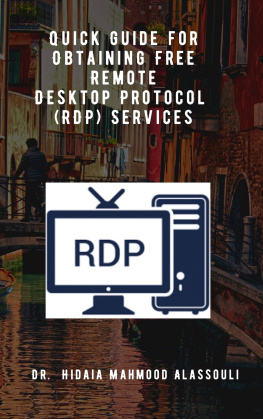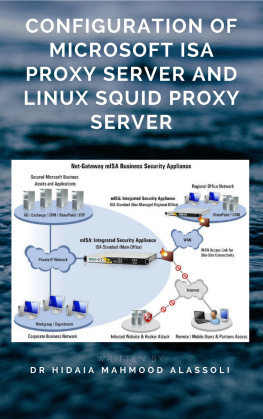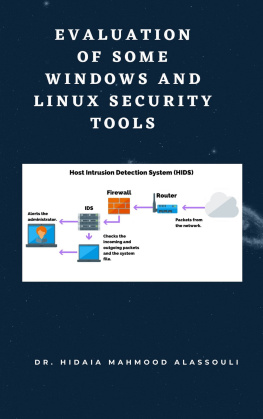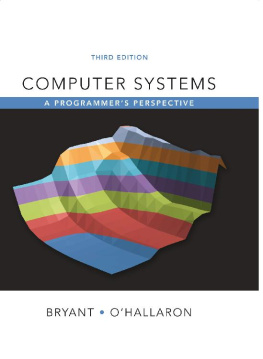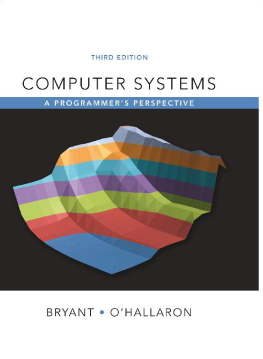Common Windows, Linux and Web Server Systems Hacking Techniques
By
Dr. Hidaia Mahmood Alassouli
Hidaia_alassouli@hotmail.com
1. Introduction
A Trojan horse or Trojan is a type of malware that is often disguised as legitimate software. Trojans can be employed by cyber-thieves and hackers trying to gain access to users' systems. Users are typically tricked by some form of social engineering into loading and executing Trojans on their systems. Once activated, Trojans can enable cyber-criminals to spy on you, steal your sensitive data, and gain backdoor access to your system.
A computer virus is a type of computer program that, when executed, replicates itself by modifying other computer programs and inserting its own code. If this replication succeeds, the affected areas are then said to be "infected" with a computer virus. Computer viruses generally require a host program.
System hacking is defined as the compromise of computer systems and software to access the target computer and steal or misuse their sensitive information. Here the malicious hacker exploits the weaknesses in a computer system or network to gain unauthorized access to its data or take illegal advantage.
Web content is generated in real time by a software application running at server-side. So hackers attack on the web server to steal credential information, passwords, and business information by using DoS (DDos) attacks, SYN flood, ping flood, port scan, sniffing attacks, and social engineering attacks.
This report covers the common techniques and tools used for System, Windows, Linux and Web Server Hacking. The report contains from the following sections:
- Part A: Setup Lab:
- Part B: Trojens and Backdoors and Viruses
- Part C: System Hacking
- Part D: Hacking Web Servers
- Part E: Windows and Linux Hacking
You can download all hacking tools and materials from the following websites
http://www.haxf4rall.com/2016/02/13/ceh-v9-pdf-certified-ethical-hacker-v9-courseeducatonal-materials-tools/
www.mediafire.com%2Ffolder%2Fad5szsted5end%2FEduors_Professional_Ethical_Hacker&h=gAQGad5Hf
2. Part A: Setup Lab
a) Setup lab
- From the virtualization technology with software VMware or virtual box we can do more than one virtual machines, one linux and other windows 2007 or windows Xp
- Download vmware and install it
- Create folder edurs-vm in non-windows partition. Create a folder for each operating system
- Install any windows operating system.
- Download backtrack

- To install backtrack on usb, download unebootin. We need also to use the tool to support booting from flash memory in vmware.

- Download and install kali linux

- Download and install metasploit.

Metasploit is big project that contains a lot of modules or programs. These modules or programs can utilize the holes in windows machines or linux machines operating systems. For any hole that occur in the operating systems, we can develop the program that can utilize this hole. We can work on it through command line or graphical interface. The programs that use graphical interface are armitage and Koblet Strike . In linux we can update the metasploite using command msfupdate.
2. Part B: Trojens and Backdoors and Viruses
a) Backdoors

The backdoor is the backdoor that through it we can make access on the machine and we can make bypass to the existing security policies. Microsoft has a backdoors that enables it to make remote access on the machine.
b) Torjen Horse:

Trojen horse is a good program that carries bad program. When the client download the good program, it will download with it the trojen program also so the hacker can access the machine.
c) Overt channel and Covert Channel:

The overt channel means that any program when run makes for it channel between it and the system. The covert channel means that the program will use the channel in the wrong direction to access the machine.
d) Different Types of Torjens:

e) How Do Reverse Connecting Torjans work :
Trojan program in the hacker computer which creates server that installed in the client computer. In the reverse connection technique, the server on the client computer will make connection to the Trojan program on the hacker machine. We have problem that the hacker needs constant real ip that does not change .

- Windows Torjans Tools are Biforst and Poison Ivy
- We must make port forward and dynamic dns. Go to basics then nat in the router configuration website. Choose the start and end port number and the internal ip of the hacker computer. We need to make the ip of the hacker computer static and same as the ip in the router configuration. It means if the router will come to the real ip of the router at port 81, it must forward the hacker computer with the internal ip 192.168.1.150 at port 81.
- The problem that the real ip of the router not constant and changing. One solution that we buy real ip. To buy real ip, we need to have phone line registered for the hacker. So better solution is to register for dynamic domain name in dynamic dns server. This domain name will point to the real ip of the router. If the real ip changes, the router will change the data in the dynamic dns server. The client Trojan will make connection with the dynamic dns server and it tell him the real ip of the router. So the Trojan makes the connection to the router at the port given in the Trojan program and the router will make port forward to the hacker computer.

- The site no-ip.com can provide dynamic dns . Register, then choose add host.
- Download and setup the no-ip program at hacker computer.


- You can utilize a property in routers called dynamic dns


